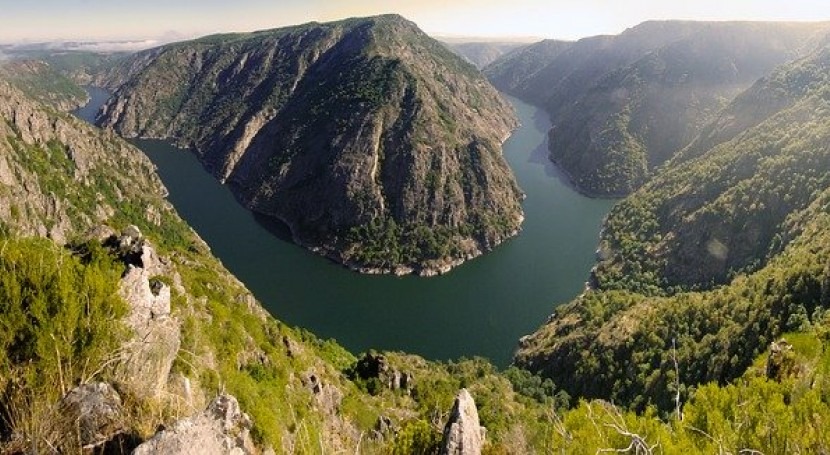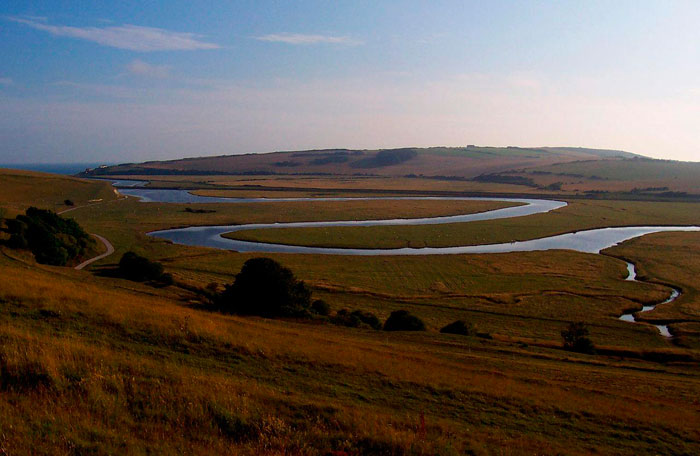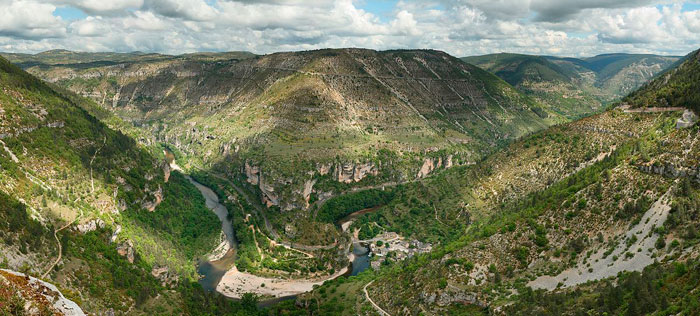What is a meander?

The size of meanders depends on the river's discharge, the sediment load and the sedimentation velocity, as well as the type of terrain.
1 . Definition of a meander
Meanders are curves in the middle-lower course of a river. A meander forms as a watercourse erodes the sediments of an outer, concave bank and deposits sediments on an inner, convex bank (point bar), leading to a meandering channel.
2 . Point bars
Point bars are crescent-shaped deposits of sand and gravel that accumulate on the inside of a river bend. As sediments deposit in the inside of a meander, point bars become larger, composed of sediment that is well sorted. When they are above the water level, they can be recognised forming ridges.
3 . How are meanders formed?
A meander is formed when the water flow velocity diminishes in the river, thus forming curves or meanders. They form more easily in floodplains with a low gradient.
The development of meanders increases the length of the river and thus decreases its slope.
4 . How meanders move
Meanders move over time through simultaneous processes of erosion and sedimentation. In addition, it depends on other variables such as the lithology of the river margins, the discharge, whether there is a floodplain or not, etc.
Meanders change position by eroding sideways and slightly downstream. Over time, the ends of the curve formed by the meander become very close together and the meander is cut off and abandoned (abandoned or cutoff meander). Abandoned meanders can form during a flood or when the river cannot carry excess sediment through the bend, so the river finds a new path to flow. The abandoned meander creates a body of water known as an oxbow lake.
5 . Types of meanders
There are different types of meanders:
- Free meanders: they form where the gradient is gentle, in wide river floodplains, which allow for large meander amplitude.

Free meander in the Cuckmere River in England (Source: Wikipedia).
- Incised or entrenched meanders: they are found in narrow, steep valleys. They formed as the river cut down its bed into the bedrock. They can be due to a fall in sea level or tectonic uplift.

Incised meander in the Tarn River, Sant Chely du Tarn, France (Source: Wikipedia).


